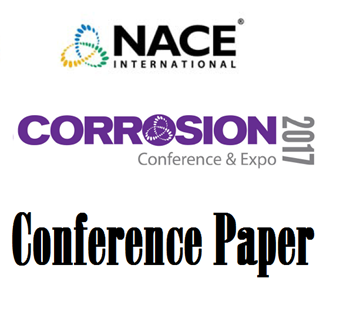Search
Thermal Shock Resistance of Fecral Alloys for Accident Tolerant Fuel Cladding Application
Also Purchased
The Viscosity of H2O-B(OH)3-LiOH Solutions
Product Number:
51317--9413-SG
ISBN:
9413 2017 CP
Publication Date:
2017
$20.00
The Evolution of AC Predictive and Mitigation Software
Product Number:
51317--8912-SG
ISBN:
8912 2017 CP
Publication Date:
2017
$20.00
The Importance of Deposit Characterization in Mitigating UDC and MIC in Dead Legs
Product Number:
51317--9128-SG
ISBN:
9128 2017 CP
Publication Date:
2017
$20.00




